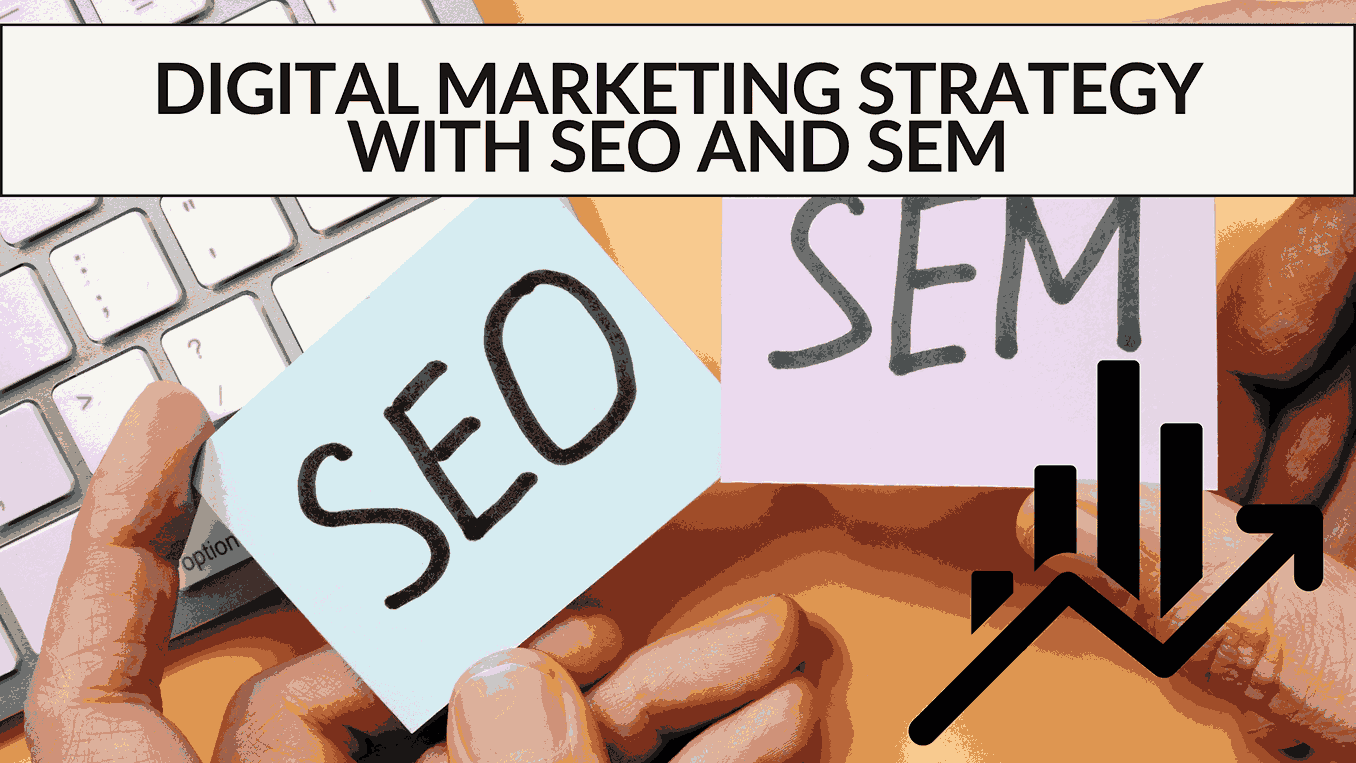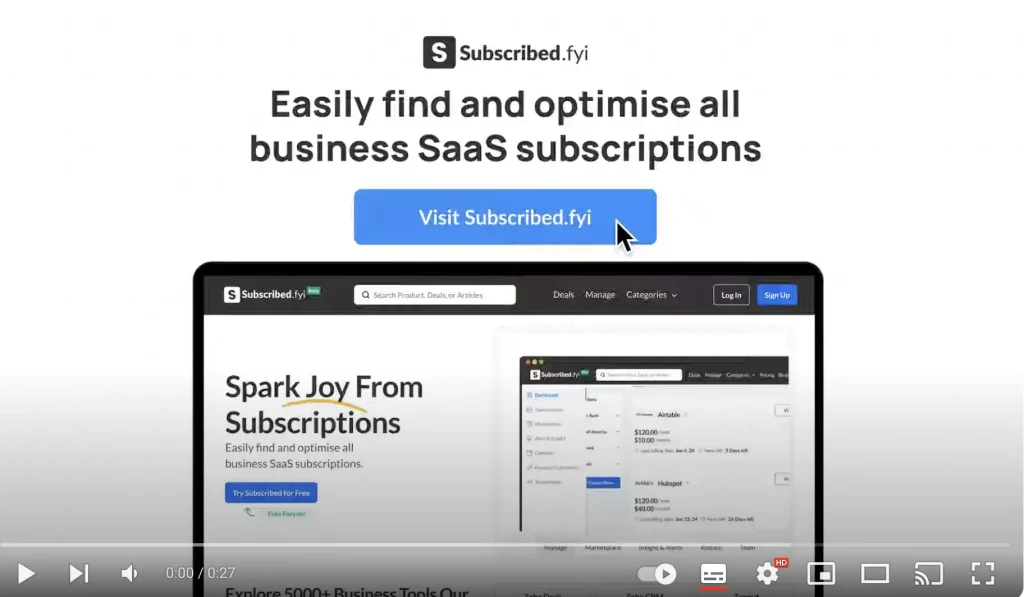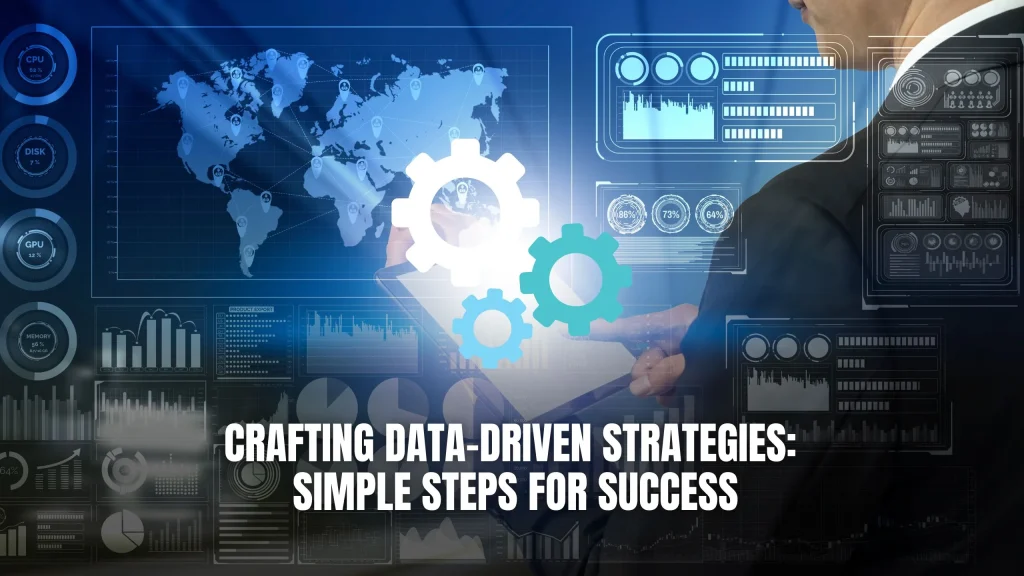Digital marketing strategy with SEO and SEM

In today’s digital landscape, digital marketing is a key factor for business success. Considering the amount of growth and development digital marketing has experienced in the last few years, some companies have even created separate digital marketing departments. And one of the key points of digital marketing? Web search positioning. This strategy is aimed at making a website appear in the top results in a search engine. In order to achieve this, it’s essential to understand how to position your website through SEO and SEM.
SEO, otherwise known as search engine optimization, is the process of obtaining traffic to your website in a natural way. SEM, or search engine marketing, is the strategy of obtaining traffic through payment positioning, mostly through ads. However, both SEO and SEM go hand in hand, since both strategies are often used simultaneously.
If you’re curious about the world of online marketing, here are the top SEO and SEM marketing strategies to reach the top positions among search engines.
Top 10 SEO Marketing Strategies
1. Objective
Set a goal. You must establish which sector you want to target and what your objective is once you pursue this goal. For more insights on the differences between SEO and SEM, you can refer to this informative LinkedIn article.
2. SEO Web Design
Once you’ve established an objective, you should now focus on creating a high-quality website that’s interesting and informative for your users. This will help attract as much traffic as possible to your website. This includes designing a site with fast page speed. Learn more about the intricate relationship between SEO and web design in this insightful Weidert article.
3. Keywords
Keywords are the words that users search the most on a search engine website related to what your business offers. You’ll want to identify what the keywords should be. They might be a service your company has to offer, for example. By identifying what these words are, you can direct searches to your website. For further clarification on keywords and their role in SEO, check out this comprehensive guide on SEO vs. SEM from TechTarget.
4. Optimizing Content
Having optimized and updated content will allow you to be better positioned on search engines. Better-quality content equals more traffic to your website. Find more content optimization tips and tricks in this resource from the Digital Marketing Institute.
5. CTR
The CTR or click-through rate indicates the percentage of clicks that users make on a link and allows you to measure performance. The higher the percentage, the higher chance of a good SEO positioning. To understand how CTR affects SEO and SEM, explore this article on SEO and SEM marketing strategies.
6. Links
Having links, both internal and external on your website, allows you to have higher-quality content on your website. However, it’s important to make sure that these links aren’t broken. Otherwise, you may be penalized by the search engines and worsen your current positioning.
7. Structure
It’s important to maintain a coherent structure on your website. This includes following the specifications established by Google regarding the length of texts, the title of an article, the URL, images sizing, and more.
8. SEO Off-Page
The SEO on-page and off-page share the same objective: improve search engine positioning. However, they differ in the way to achieve this. Unlike the SEO on-page, which is responsible for optimizing the internal elements of your website, the off-page SEO is based on actions outside of your website.
9. Link Building
Link building is a technique that’s based on creating external links to your domain, thus generating web authority and improving search engine results. You should link your website to other websites that have a similar theme to yours.
10. Social Networks
Social networking allows you to increase your website visibility and create a community of loyal followers. For this reason, it’s important to keep them updated and share high-quality content with them.
Top SEM Strategies
1. Budget
When planning your Google AdWords campaign, you have to determine not only its structure and objective but also the budget you have to develop the campaign.
2. ROI (Return on Investment)
ROI, otherwise known as return on investment, is a ratio that allows you to calculate the benefits obtained by an investment. In this case, we’re calculating the investment benefits of online campaigns. When you carry out various campaigns in different forms of media, measuring ROI can become a very complex task. Call tracking is the best solution to facilitate this task. Through call tracking, you can measure the ROI of your campaigns or marketing strategies through different phone numbers.
3. Quality Score
The quality score is a Google metric that’s used to measure the quality level of a website and Google Ads. Its position is determined by an assessment. The assessment is based on the amount of clicks and the content of the page. In order to get a good rating, it’s essential that users click, that the content of their search fits that of the website, and, of course, is reliable and relevant content.
4. Ad Rotation
Determine the order and how often ads will appear on an IP address.
5. Landing Pages
The landing page is the first page of your website that a user sees when they click on a link, button, or advertisement that leads them to your website. It’s very important that the landing page is attractive enough that the person who’s landed decides to stay and continue reading more. This will allow them to become a potential customer.
6. Advertising Campaigns
Performing differentiated advertising campaigns, grouped by theme and content, allows results to be obtained based on the product line offered. This will also allow you to reach different segments of the target audience. If we want to obtain a specific positioning, we shouldn’t group them all together, since they’re all different.
7. Responsive
It’s very important that, when designing a website, your website is easy to read and access on all types of devices. That way, your customers are less likely to leave your site at first glance.
8. Optimization
Optimization is one of the key points of the SEM strategy. We must make sure to optimize the keywords, the CTR percentage, and constantly update the website structure and content.
9. Follow Up
Keep track of your campaigns and analyze if they’re reaching the expected objectives. SEM allows real-time data to be obtained that helps make decisions faster and more effective.
In addition to SEO and SEM efforts, optimization is incredibly important, but your business also has to deliver in terms of user experience, both before and during the sales funnel. In order for your business to differentiate itself from the rest, you need to give customer service adequate attention. Customers are key in every business: 70% of consumers say they support companies with great customer service.
To provide great support, consider using various communication technologies. An FAQ section, phone number, call center, chatbox, and email support are all resources you can use to provide an easy experience for customers, and it will also make finding your support resources via search engines simpler for your customers.






